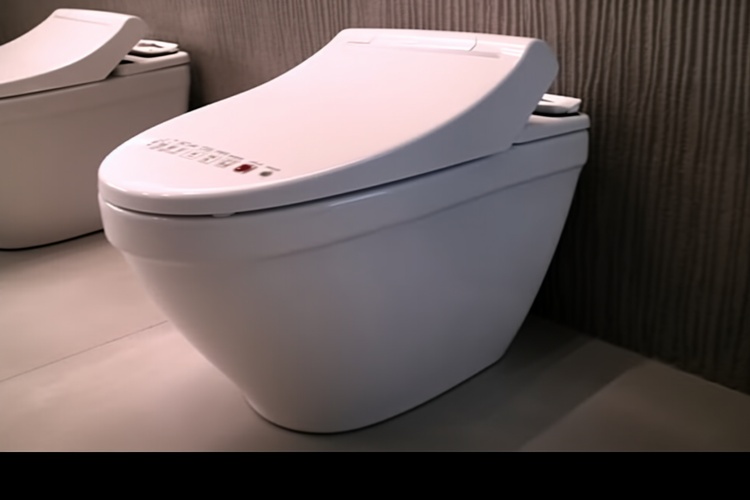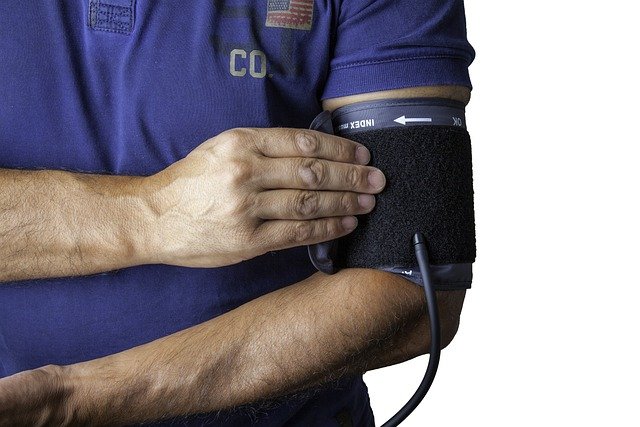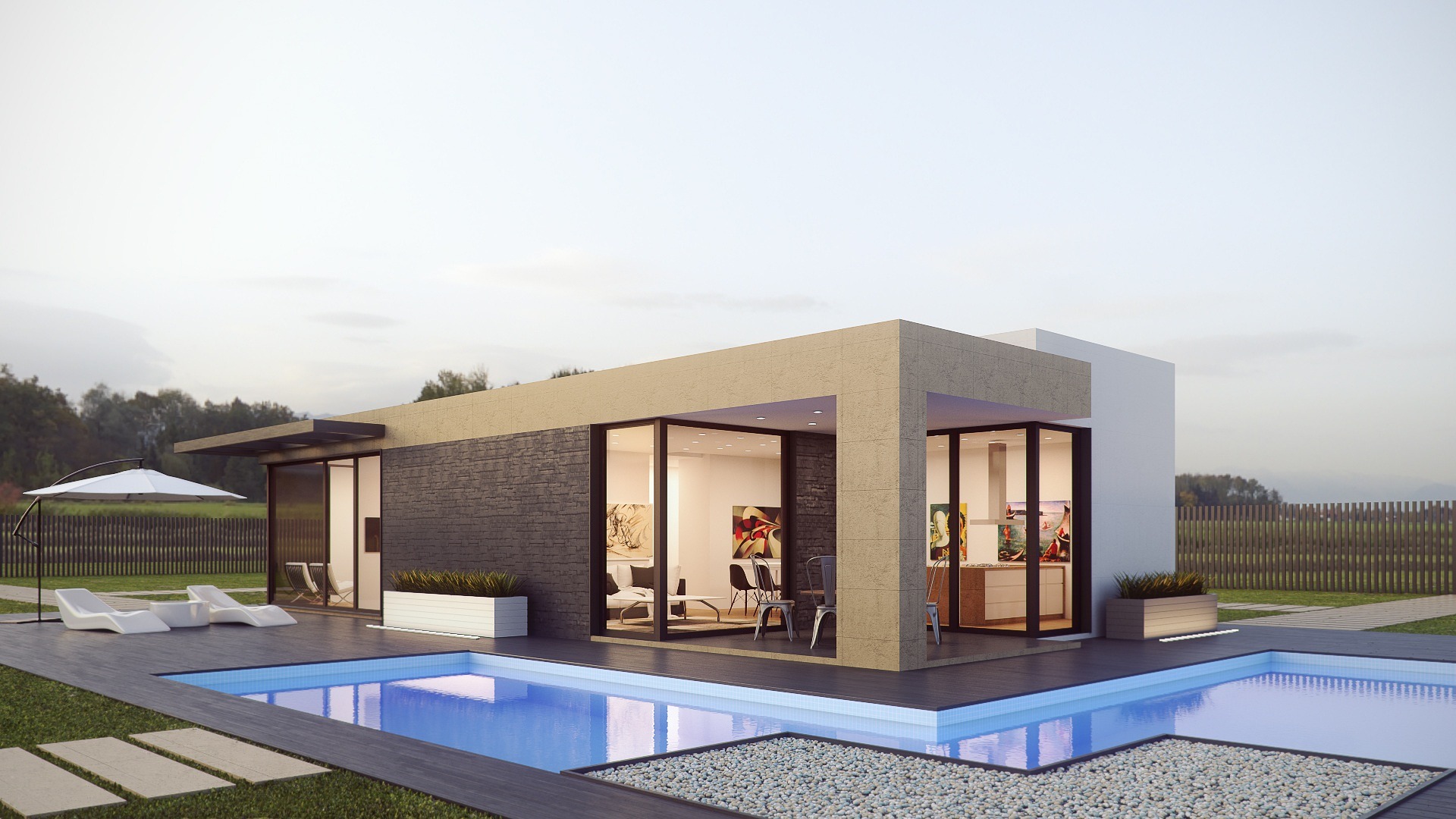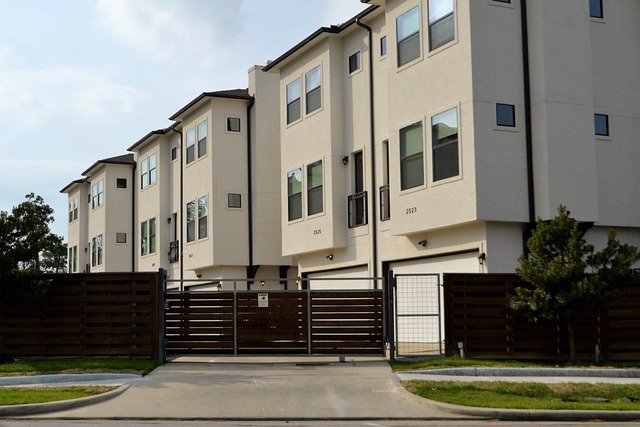Japanese Toilets: Advanced Bathroom Technology for UK Homes
Japanese toilets, often referred to as smart toilets or washlet systems, represent a significant advancement in bathroom technology that combines hygiene, comfort, and environmental consciousness. These innovative fixtures have gained international recognition for their sophisticated features and are increasingly available to UK consumers seeking to upgrade their bathroom experience.

Introducing Japanese Toilets and Smart Bidet Seats in the UK
The UK market has witnessed growing interest in Japanese toilet technology, with various models now available through specialised retailers and online platforms. These systems typically consist of either complete toilet units or retrofit bidet seats that can be installed on existing toilets. Major Japanese manufacturers like TOTO, Panasonic, and INAX have established distribution networks across the UK, while European brands have developed their own interpretations of this technology.
Smart bidet seats offer a more accessible entry point for UK households, requiring minimal plumbing modifications whilst providing many of the core features found in full Japanese toilet systems. These seats can transform a standard toilet into a sophisticated hygiene station, making the technology more practical for existing UK bathroom configurations.
How Japanese Shower Toilets Work: Features and Benefits Explained
Japanese shower toilets operate through an integrated system of water jets, sensors, and electronic controls. The core functionality centres around adjustable water sprays that provide targeted cleansing, with temperature and pressure controls allowing personalised comfort settings. Advanced models incorporate heated seats, automatic lid operation, and air-drying functions.
The technology employs precise water positioning systems, often with separate nozzles for different cleansing functions. Many units feature oscillating spray patterns and pulsating massage modes, designed to enhance the cleaning effectiveness. Built-in water heaters ensure consistent temperature delivery, whilst filtration systems maintain water quality. User interfaces range from side-panel controls to wireless remote controls, with some models offering smartphone connectivity for customised user profiles.
UK Smart Toilet Prices: Costs and Models Available
The UK market offers Japanese toilets across various price ranges, reflecting different feature sets and installation requirements. Entry-level bidet seats typically start around £200-£400, providing basic cleansing functions and heated seating. Mid-range options, priced between £600-£1,200, often include air-drying, deodorising functions, and more sophisticated controls.
Premium complete toilet systems can range from £1,500-£4,000, featuring advanced automation, integrated night lighting, and comprehensive hygiene functions. Installation costs vary depending on electrical requirements and plumbing modifications, typically adding £200-£800 to the total investment.
| Product Type | Price Range | Key Features | Installation Requirements |
|---|---|---|---|
| Basic Bidet Seat | £200-£400 | Water spray, heated seat | Standard electrical outlet |
| Mid-Range Smart Seat | £600-£1,200 | Air dry, deodoriser, remote control | Dedicated electrical circuit |
| Premium Complete System | £1,500-£4,000 | Full automation, night light, UV cleaning | Professional installation required |
Prices, rates, or cost estimates mentioned in this article are based on the latest available information but may change over time. Independent research is advised before making financial decisions.
Environmental and Hygiene Benefits of Smart Toilets
Japanese toilets offer significant environmental advantages through reduced toilet paper consumption and water-efficient designs. The integrated cleansing system can eliminate up to 90% of toilet paper usage, contributing to decreased deforestation and waste production. Modern units incorporate eco-modes that optimise water and energy consumption, with some models using as little as 0.8 litres per flush compared to traditional UK toilets that may use 6-9 litres.
Hygiene benefits extend beyond basic cleansing, with many models featuring antibacterial coatings, UV sterilisation, and self-cleaning nozzles. The touchless operation reduces surface contact, particularly beneficial in shared bathroom environments. Air-drying functions eliminate the need for towels in the toilet area, reducing laundry requirements and associated water and energy consumption.
Installing a Smart Toilet in Your UK Home: Essential Considerations
UK installation of Japanese toilets requires careful planning regarding electrical and plumbing requirements. Most smart toilet systems need dedicated electrical circuits, as standard bathroom lighting circuits may not provide sufficient power for heating and electronic functions. Building regulations compliance is essential, particularly regarding electrical safety in wet environments.
Space considerations are crucial, as Japanese toilets may have different dimensions compared to standard UK fixtures. Plumbing modifications might be necessary to accommodate waste outlet positions and water supply requirements. Professional installation is recommended to ensure proper electrical safety, water connections, and warranty compliance.
Water pressure requirements vary between models, with some requiring minimum pressure levels for optimal spray function. UK homes with low water pressure may need pump systems or specific model selection to ensure proper operation.
Japanese toilets represent a sophisticated approach to bathroom hygiene and environmental responsibility, offering UK households an opportunity to experience advanced comfort and cleanliness. While initial investment costs are higher than traditional fixtures, the long-term benefits in reduced consumables, improved hygiene, and environmental impact make them an increasingly attractive option for modern UK homes. Proper planning and professional installation ensure optimal performance and compliance with UK building standards.




